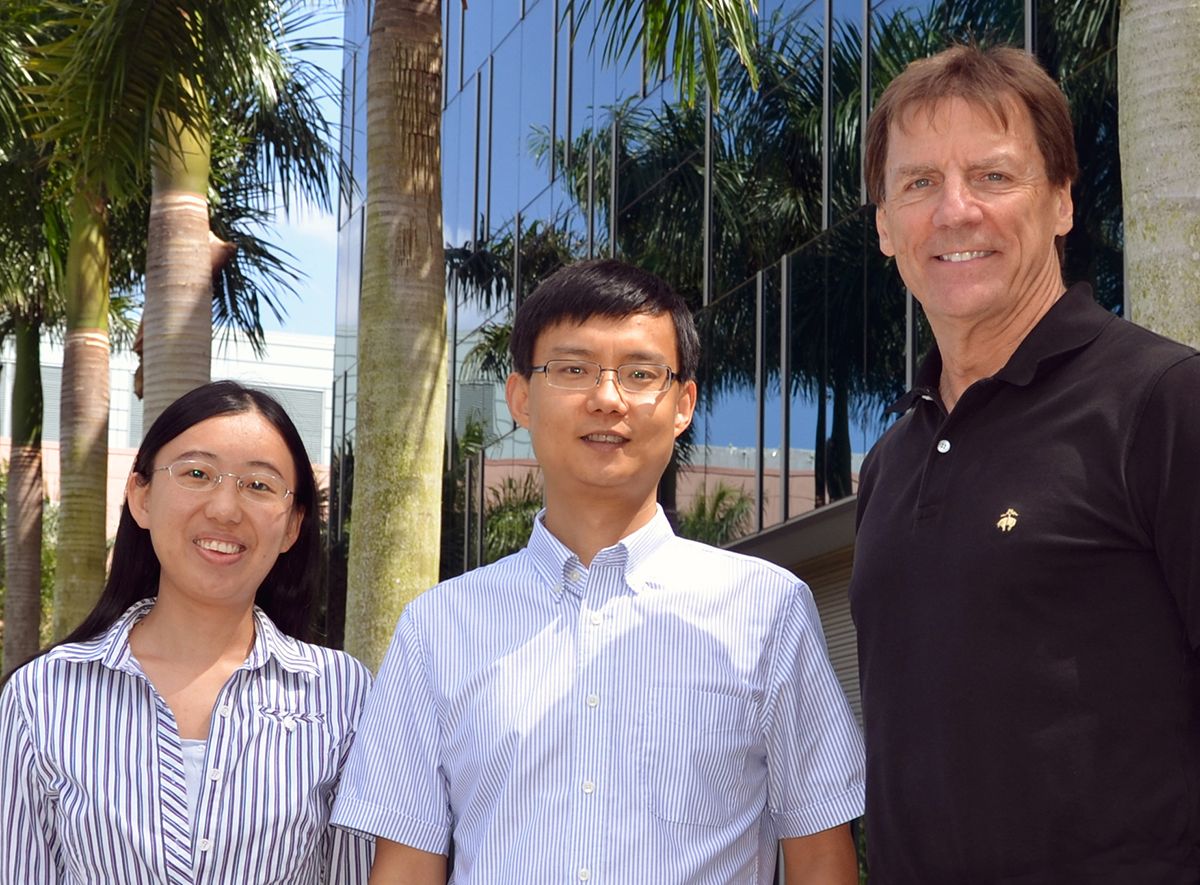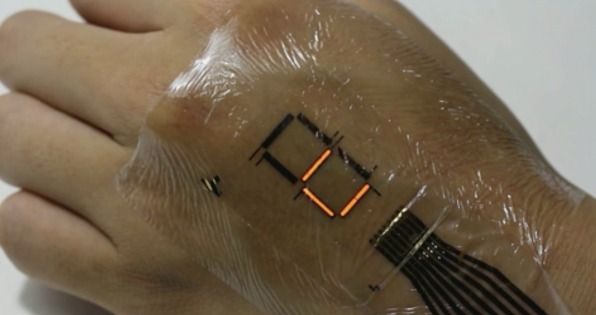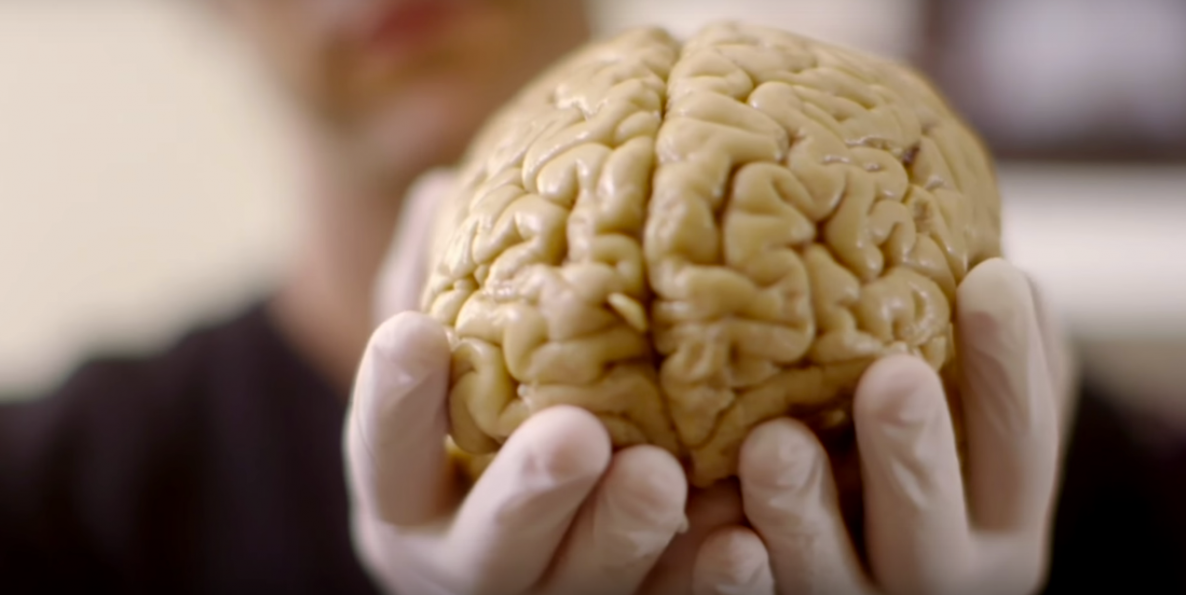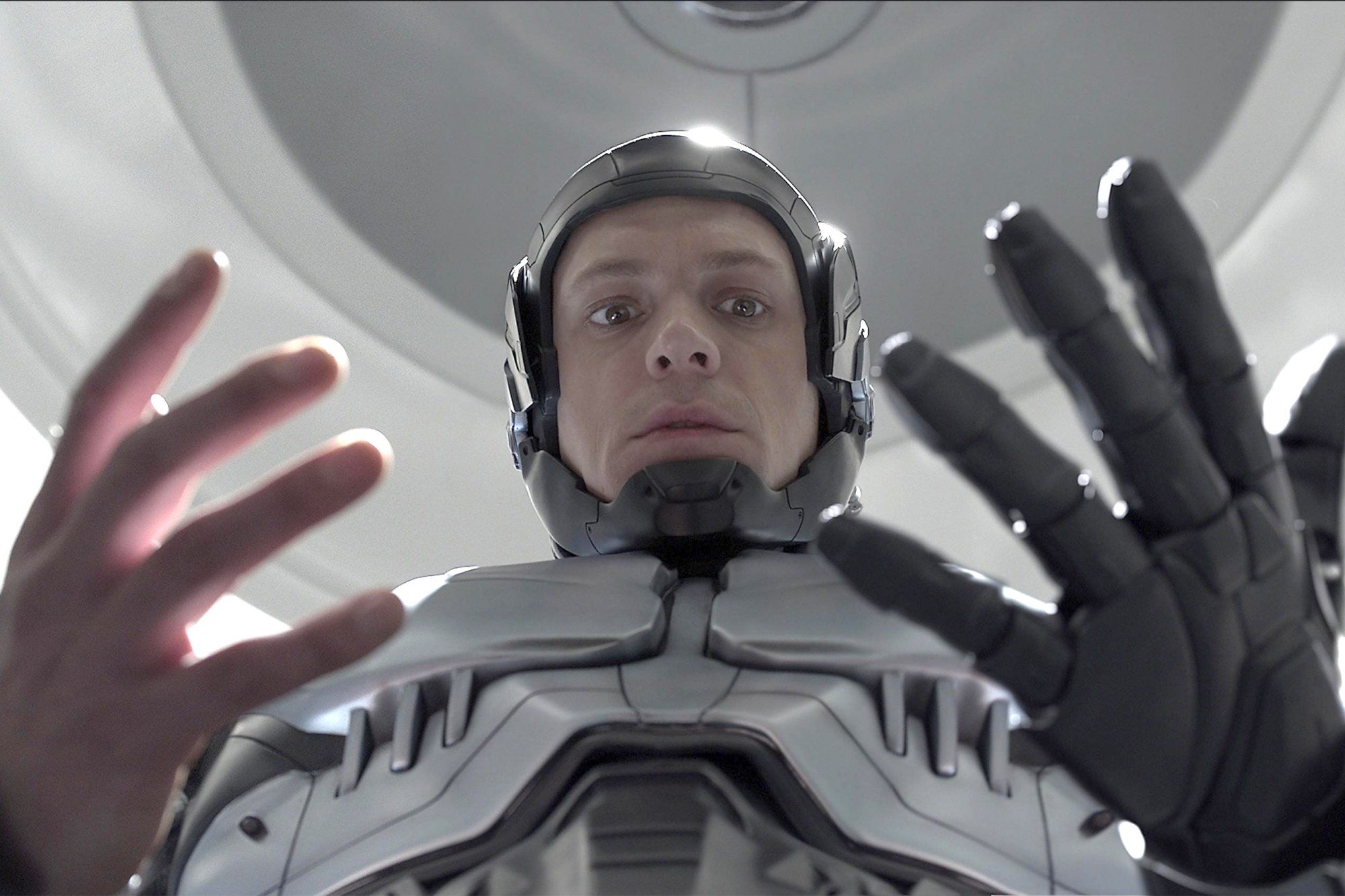Page 11205
Apr 16, 2016
New hope for thousands as gene manipulation RESTORES eyesight to the blind
Posted by Karen Hurst in categories: bioengineering, quantum physics
I was asked recently if I had money given to me to invest in anything that would result in the betterment of people what would that be. I quickly shared “Gene Editing” such as CRISPR and Quantum. These 2 areas is changing our lives over the next 7 to 10 years in ways that we have only dreamed about. I love this article.
TENS of thousands of blind people could have their sight restored after scientists discovered how to manipulate genes at the back of the eyes.
Apr 16, 2016
New implantable device may help shrink pancreatic tumours
Posted by Karen Hurst in category: biotech/medical
The researchers took T cells from the tumour, removed PD-1, multiplied the T cells and put them back into the mice and found that the tumours shrank.
They then inserted the enzyme and found that these T cells were able to keep up the fight at the tumour site.
The team is preparing for clinical trials and has started a company, PanTher Therapeutics, to develop the implant for patient use.
Continue reading “New implantable device may help shrink pancreatic tumours” »
Apr 16, 2016
Memory Suppressor Gene Identified
Posted by Karen Hurst in categories: biotech/medical, neuroscience
Nice
 Researchers from The Scripps Research Institute (TSRI) identified a gene that suppresses memory in the brain cells of fruit flies, and the findings could provide targets for potential new treatments for neurodegenerative diseases like Alzheimer’s.
Researchers from The Scripps Research Institute (TSRI) identified a gene that suppresses memory in the brain cells of fruit flies, and the findings could provide targets for potential new treatments for neurodegenerative diseases like Alzheimer’s.
The team, led by Ron Davis, chair of TSRI’s Department of Neuroscience scanned about 3,500 Drosophila genes, and found multiple dozen memory suppressor genes that help the brain prioritize information and keep certain important memories.
Apr 16, 2016
We have entered the age of the computer chip brain implant
Posted by Karen Hurst in categories: computing, neuroscience
Yes; we have. BMIs are here; and only going to advance from here.
It’s a huge breathrough.
Apr 16, 2016
Cyborgs Aren’t Just For Sci-Fi Anymore
Posted by Karen Hurst in categories: biotech/medical, computing, cyborgs, engineering, neuroscience, transhumanism, wearables
Nthing new; nice to see more folks waking up.
We’re moving beyond just prosthetics and wearable tech. Soon, we’ll all by cyborgs in one way or another.
From The Six Million Dollar Man to Inspector Gadget to Robocop, humans with bionic body parts have become commonplace in fiction. In the real world, we use technology to restore functionality to missing or defective body parts; in science fiction, such technology gives characters superhuman abilities. The future of cyborgs may hinge on that distinction.
Apr 16, 2016
Human Intuition Defeats Artificial Intelligence in Quantum Computing Game
Posted by Karen Hurst in categories: computing, quantum physics, robotics/AI
Quantum computing game creators find humans more capable than AI in solving complex problems.
Luv it! Nice read and recommend.
In Martyn Amos’s Genesis Machines, Steven Poole discovers how to turn some DNA into 50 billion smiley faces.
Apr 16, 2016
Trudeau stuns with perfect answer to quantum computing question
Posted by Karen Hurst in categories: computing, quantum physics

Breaking the stereotype stigma; great article on CAN PM. I love it when folks break the boundaries and stereotypes that society often places on groups.
Canadian Prime Minister Justin Trudeau proved he’s more than just a pretty face when he wowed a room full of reporters and physicists with his knowledge of quantum computing.
The dashing politician was delivering his budget announcement at a press conference at the Perimeter Institute for Theoretical Physics Waterloo in Ontario, when he was put on the spot by a journalist.
Continue reading “Trudeau stuns with perfect answer to quantum computing question” »
Apr 16, 2016
New Remarkably Thin E-Skin Turns Your Body Into a Walking Display
Posted by Klaus Baldauf in categories: electronics, wearables

University of Tokyo researchers have created an ultrathin and ultraflexible organic e-skin that supports PLED and OLED displays.
Researchers from the University of Tokyo have created a protective layer of organic material that’s ultrathin and ultraflexible. And the have demonstrated the material’s usefulness by making an OLED display that’s air-stable. This opens the possibility of developing better electronic skin displays, the next major leap in wearable technology.
Continue reading “New Remarkably Thin E-Skin Turns Your Body Into a Walking Display” »















